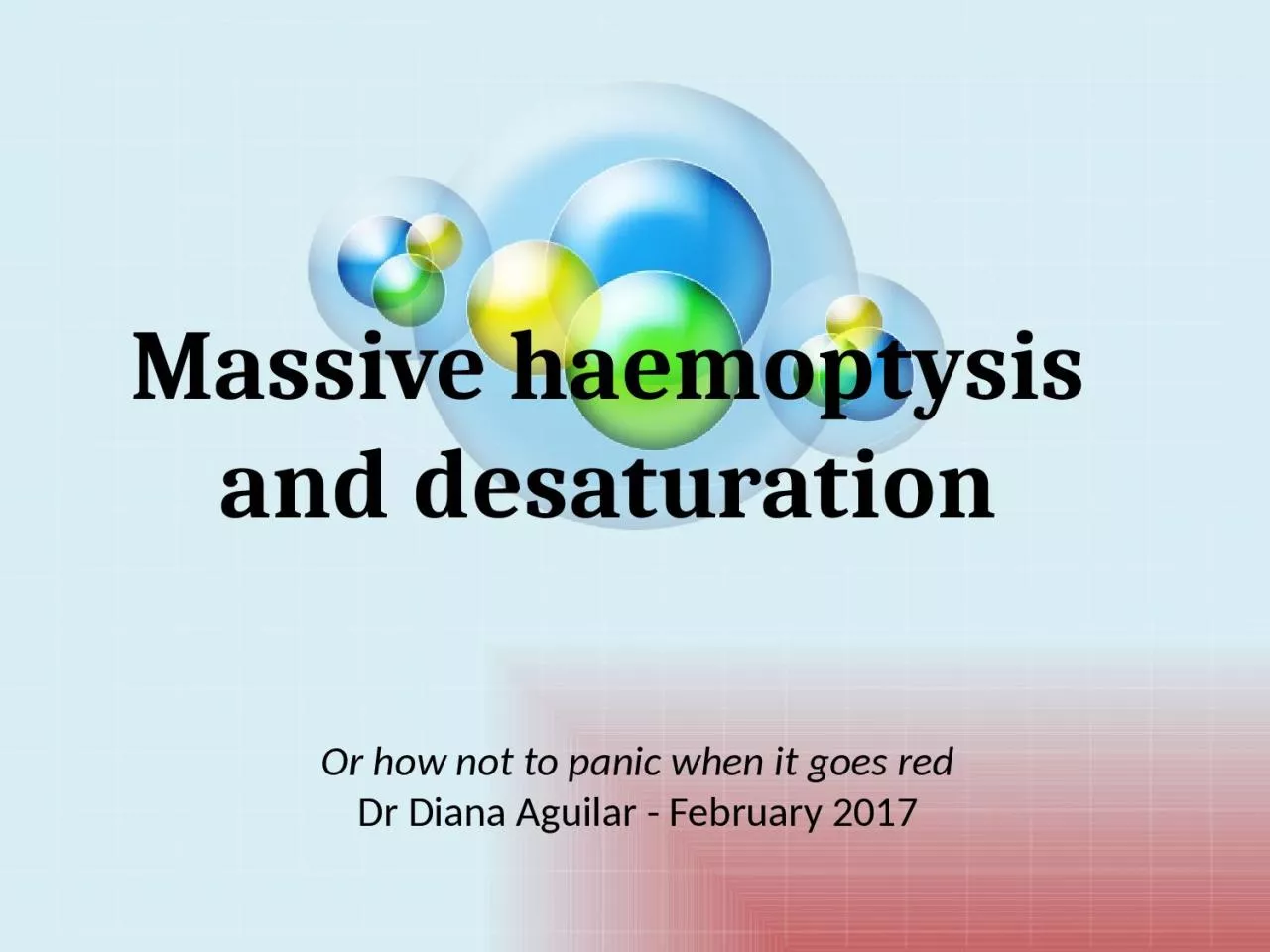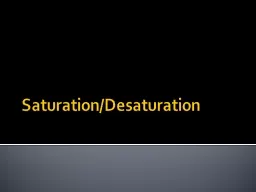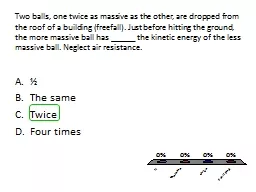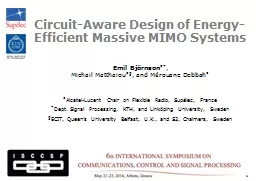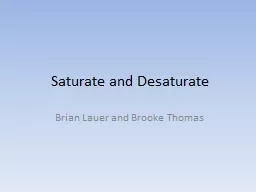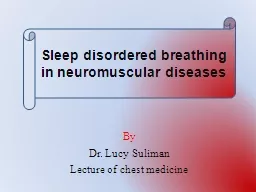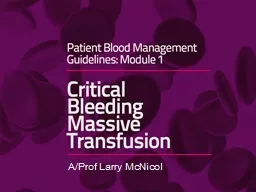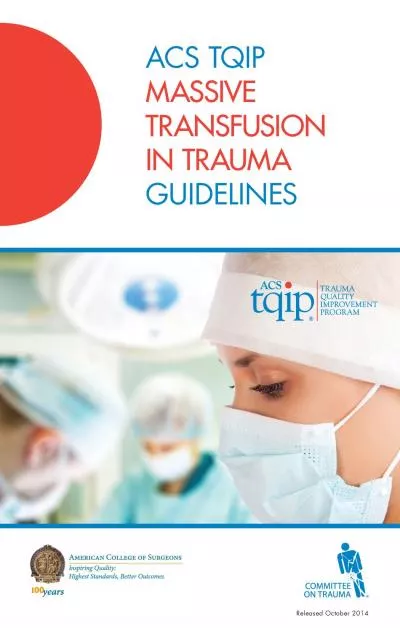PPT-Massive haemoptysis and desaturation
Author : melanie | Published Date : 2022-06-08
Or how not to panic when it goes red Dr Diana Aguilar February 2017 Overview Blood supply of the lungs Massive haemoptysis Definition Causes Management options
Presentation Embed Code
Download Presentation
Download Presentation The PPT/PDF document "Massive haemoptysis and desaturation" is the property of its rightful owner. Permission is granted to download and print the materials on this website for personal, non-commercial use only, and to display it on your personal computer provided you do not modify the materials and that you retain all copyright notices contained in the materials. By downloading content from our website, you accept the terms of this agreement.
Massive haemoptysis and desaturation: Transcript
Download Rules Of Document
"Massive haemoptysis and desaturation"The content belongs to its owner. You may download and print it for personal use, without modification, and keep all copyright notices. By downloading, you agree to these terms.
Related Documents

